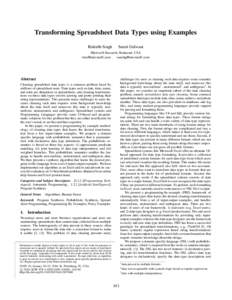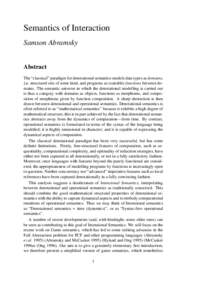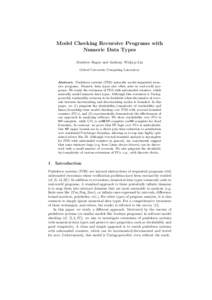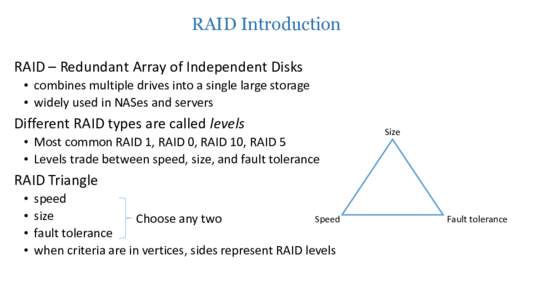<--- Back to Details
| First Page | Document Content | |
|---|---|---|
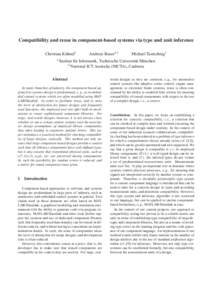 Date: 2007-06-05 12:29:33Type theory Theoretical computer science Data types Mathematical logic Programming language theory Logic in computer science Object-oriented programming Polymorphism Subtyping Type system Unification Model theory |
Add to Reading List |
 Compatibility and reuse in component-based systems via type and unit inference Christian K¨uhnel1 1) Andreas Bauer2,1
Compatibility and reuse in component-based systems via type and unit inference Christian K¨uhnel1 1) Andreas Bauer2,1